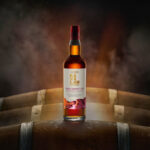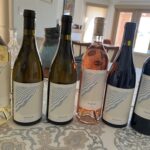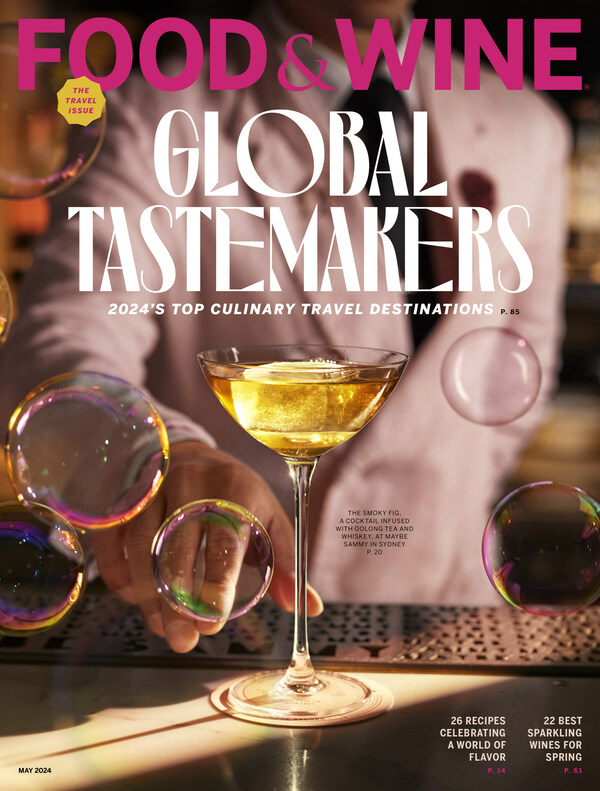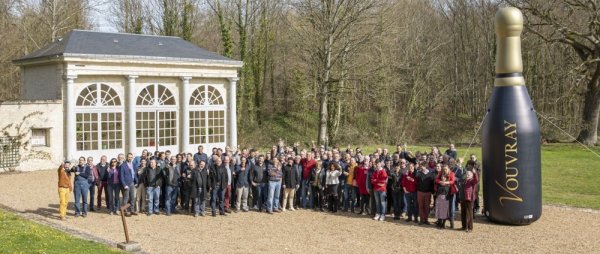Just east of Cape Town is one of South Africa’s most prolific wine regions. Known as “Winelands,” it is a seemingly mystical land conjured from a fantasy tale. The landscape is fringed with craggy mountains whose peaks ascend high into the clouds. Green valleys are dotted with 300 year old camphor trees, fields of flowers that eventually lead to a seemingly endless sea of grape vines. For the better part of 10 days, long time friend, Elena Boiko and I have been exploring the region with fellow sommelier, Kayla Derckson.
Kayla is a proud South African who knows her country’s wines. She also grew up in the Cape area and speaks English, Afrikaans, Xhosa. and Zulu. South Africa actually has 11 official languages. These are Afrikaans, English, Niedebele, Northern Sotho, Sotho, Swazi, Tswana, Tsonga, Vende, Xhosa, and Zulu. Not to mention scores of unofficial tongues. It seems that South Africa is not called the rainbow nation for nothing. This school of thought seems to have also crossed over in to South Africa’s philosophy on wine. Most vintners would agree with the maxim, “Think global, drink local.”
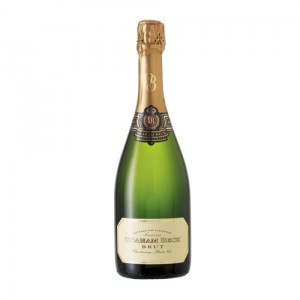 Today we have joined Kayla in her home away from home, the ever popular waterfront restaurant and wine bar, Belthazar. The restaurant is known for its steaks and a selection of over 600 wines, and 200 served by the glass.
Today we have joined Kayla in her home away from home, the ever popular waterfront restaurant and wine bar, Belthazar. The restaurant is known for its steaks and a selection of over 600 wines, and 200 served by the glass.
For our first selection, Kayla decided on a sparkling wine. Graham Beck Brut NV is produced in the ‘methode champenoise’ manner and made under the supervision of the legendary, Pieter “Bubbles” Ferreira. It is a blend of 58% Chardonnay and 42% Pinot Noir. The grapes are from South Africa’s renown, Robertson region. In the glass, our Brut is alive with bubbles. The nose is very fresh and laced with aromas of apple, white peach, pear, lime, cherry, and just a whisper of ginger. On the palate, the wine is light-bodied with medium acidity, and good balance. White and citrus fruits abound, followed by notes of brioche and mineral. The finish is accented by the taste of a racy lime powder that was quite enjoyable. The alcohol content is 13% with a bottle price of $22.
“Good quality for the price,” Elena gave a nod of approval.
“A tad aggressive,” I paused for effect. “However, once it settled down I found this Brut enjoyable.”
“I often enjoy Graham Beck as an aperitif,” Kayla paused to collect her thoughts. “I would also serve this wine with grilled seafood or Oysters Rockefeller.”
“Impilo,” I toasted Kayla in the Xhosa language as I refilled our glasses.
“Enkosi,” she thanked me in Zulu.” I remember you had mentioned you always wanted to learn the Zulu language.”
“I once befriended a South African tennis player by the name of Johan Kriek,” I smiled in fond reflection. “Johan spoke Afrikaans, English, German, and Zulu.”
“Don’t get him started,” Elena playfully warned. “He only knows around a dozen or so words in Zulu.”
“But are they the right twelve words?” Kayla broke out in laughter as she brushed back her long golden hair.
For our next selection, Kayla selected a 2007 Bellingham Bernard Series Old Vine Chenin Blanc. Chenin Blanc thrives in South Africa and is seen as second only to the Loire Valley. 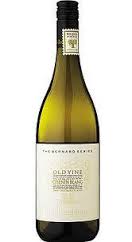 Bellingham is renown for its Old Vine Chenin Blanc. The 40 year old, high altitude vines, produce wonderfully concentrated rich fruit. In the glass, the wine is an alluring dark yellow. The nose is a wonderful concentration of rich, ripe fruit with aromas of peach, apricot, cream, and honey that fill out the bouquet.
Bellingham is renown for its Old Vine Chenin Blanc. The 40 year old, high altitude vines, produce wonderfully concentrated rich fruit. In the glass, the wine is an alluring dark yellow. The nose is a wonderful concentration of rich, ripe fruit with aromas of peach, apricot, cream, and honey that fill out the bouquet.
On the palate, this Chenin Blanc shows medium body, and full flavored. There are ample amounts of rich fruit that concentrate around flavors that suggest pineapple. There is also a floral edge that is followed by a nutty almond quality. The finish is creamy and pleasurable. The alcohol content is 14.5% with a bottle price of $15.
“I liked the fruitiness of this wine,” Elena was first to speak. “An excellent wine to serve as an aperitif.”
“The wine showed some good oak,” I was quick to break in. “I liked the subtle nutty qualities. Kayla, with what dishes would you pair this Chenin Blanc?”
“Fish pie, creamy mushroom pasta,” she paused lightly. Most any dish with a creamy white sauce.”
Our next selection is a classic that is synonymous with wines from South Africa. Kayla selected a 2008 Beyerskloof Pinotage. What exactly is Pinotage? This is a wine that is a cross between Cinsault and Pinot Noir. In the past, Pinotage had a reputation, as did most South African wines, of inconsistent quality and tasting of burnt rubber. These days, Pinotage has come of age. In the glass, our Beyerskloof is a shimmering and dense blood red. The nose is floral scented and accented with juicy red fruit, cherry, spices, topped off by ample mushrooms bearing a dusty quality. The palate is quite tannic, however, it opens up with air. We decanted the wine for a full hour. The 2008 shows medium body. The rich, sweet, red fruit is balanced with deeper dark notes of black cherry, spice, and an earthiness that provides for good balance. The finish is robust and remarkably elegant. The alcohol content is 14% with a bottle price of $15.
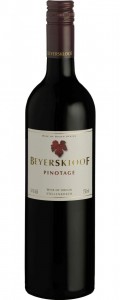 “I am pleasantly surprised,” Elena’s eyes crinkled as she smiled. “Plenty of good fruit and much more complex than I would have thought.”
“I am pleasantly surprised,” Elena’s eyes crinkled as she smiled. “Plenty of good fruit and much more complex than I would have thought.”
“The 2008 Beyerskloof has very good aging potential,” I paused momentarily. “I would say over the next 15-20 years.”
“I especially like this Pinotage with roasted meats,” Kayla paused before going on. Roast pork or more specifically, roast pork belly.”
“Is the 2008 100% Pinotage?” Elena queried?
“Indeed it is,” Kayla openly showed her pride.
For our last selection, Kayla decided on a Morganhof Cape Late Bottled Vintage. This challenger to Portugal’s Duoro Valley is 100% Tinta Barroca grapes. In the glass, our Port is a rich amber in color. The nose is filled with aromas of black cherry, licorice, raisins, and walnuts. These scents follow through to the palate.
Filled with velvety tannins, rich ripe fruit, and ample oak, the Morganhof displays its perfect balance. The finish is rich and succulent. The alcohol content is 17.5% with a bottle price of $20.
“Very good fruit on this fortified wine,” Elena moistened her lips as she began. “I particularly liked the flavor of ripe damsons.
“Definitely a Port to challenge the wines of Duoro Valley,” I was pleasurably surprised.
“I have found the Morganhof to pair best with cheese, or a hearty Cuban cigar,” Kayla began chuckling. “Elena, take it from me, this Port is at its best with chocolate pudding.”
We all broke out into laughter, when after several moments of merriment, I inquired about dinner. 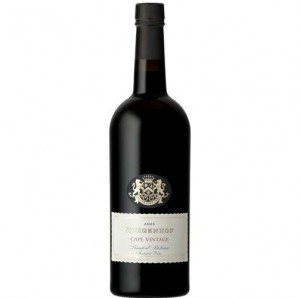
“What would you like to eat?” Kayla asked softly.
“Well,” I smiled. “You did mention that the Belthazar is also known for its steaks.”
“But that my friends, is another story …. “
